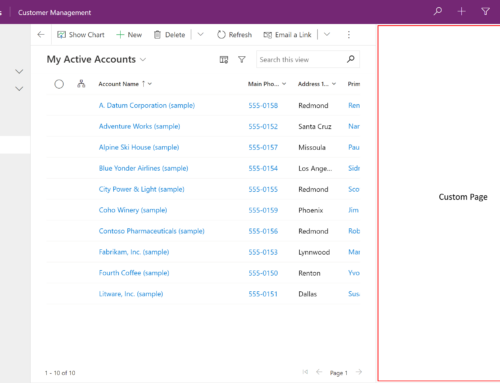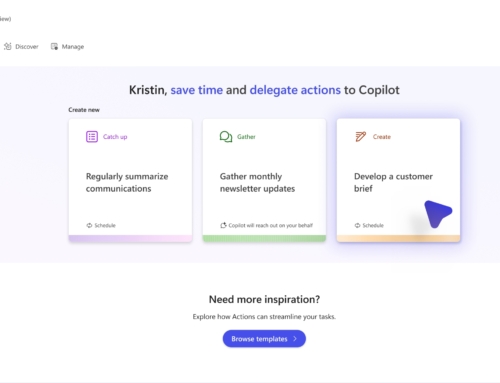According to the World Economic Forum, the Great Resignation is not over yet. In spite of the threat of recession, the job market remains strong and the record numbers of people leaving their jobs since the pandemic continues on, with one in five workers planning to quit their jobs in 2022. Citing data from PwC’s Global Workforce Hopes and Fears survey of more than 52,000 workers in 44 countries, compensation remains the #1 factor for job dissatisfaction. Other key factors influencing change are the needs for flexibility and to be creative and innovative in a role that is fulfilling. At the same time, organizations are being challenged by inflation, the supply chain, the ongoing pandemic, a tight labor market and a possible recession, resulting in pressure to do more, be more efficient and more productive.
Are employees and corporations at odds with each other in their goals? Not necessarily. One area that benefits both the employee looking for more job satisfaction and the company seeking to be more productive is automation. Eliminating redundant, mindless, error prone tasks reduces burnout, boosts employee morale AND boosts an organization’s ability to produce more in less time with higher quality – a classic win/win scenario.
Automation simplifies work, benefitting both employee and employer, yet most organizations continue to lag in this area unnecessarily. With today’s low-code tools such as Microsoft’s Power Platform, automating routine manual email and paper-based processes is easier than ever. From simple approval workflows to solutions that automate your employee or vendor onboarding process, enable customer self-service, and more, the opportunities are endless.
Tip: 3 Ways Power Platform Automation Contributes to Employee Satisfaction
- Frees up valuable time – repetitive and manual tasks are automated allowing employees to focus on work that makes a real impact.
- Helps employees upskill – the Power Platform’s low-code approach reduces the barrier to entry and allows employees to create and manage solutions without a traditional developer background.
- Improves collaboration – less time doing “busy work” means more time for teamwork.
Power Platform Automation Case Study
Innovation Leads to Automation of Mission Critical Processes for Every Body Texas
Learn how we worked with non-profit Every Body Texas to automate a spreadsheet-based financial allocation process with the Power Platform.
Ready to Automate with the Power Platform?
If you need help getting started with the Power Platform or are seeking to accelerate your organization’s ability to deliver more solutions or more complex solutions, we can help. Having adopted the Power Platform in 2017, our team has deep expertise in Power Apps, Power Automate, InfoPath replacement, Power BI, Power Platform Governance, and SDLC. If we may be of any assistance to you in your automation journey, please reach out at any time.










